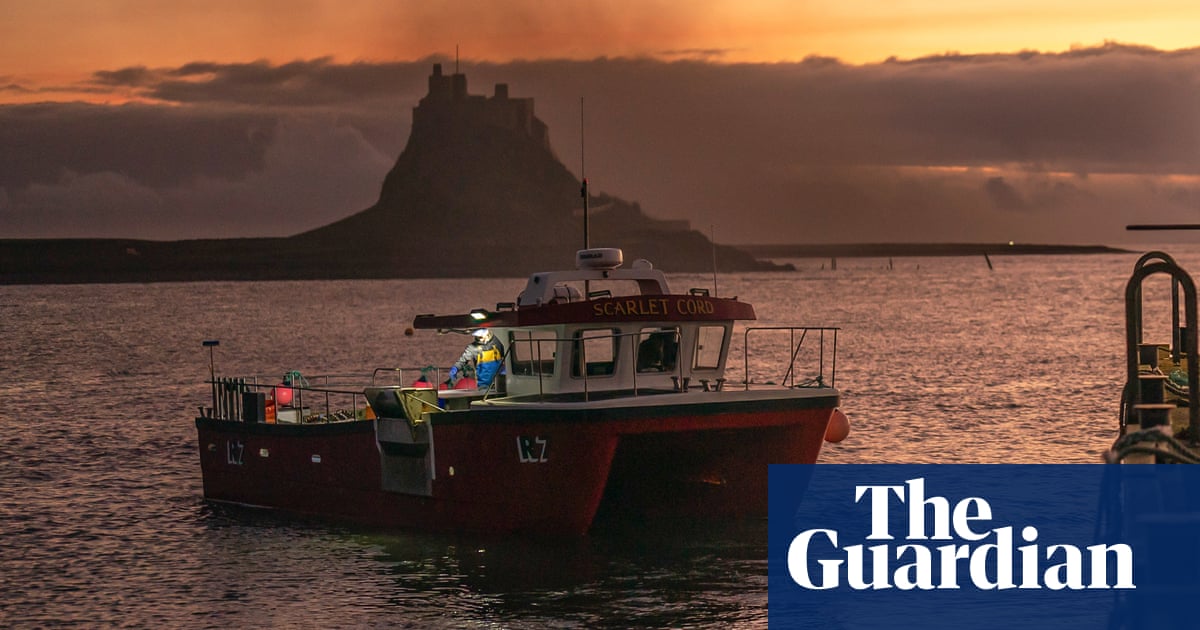
Three highly protected marine areas (HPMAs) will be created in England to ban fishing, the government said, in a scaled-back plan to introduce a new generation of marine nature reserves to rewild the sea.
Five sites, including the coast of Lindisfarne in Northumberland, were originally proposed by the government to receive the highest level of marine protection, but two were dropped after concerns over socioeconomic impacts, including the cost to fishers.
Conservationists welcomed the designation of England’s first highly protected sites as “crucially important” for the recovery of the seas, but described the whittling down of the protected areas as “nonsensical” and “disappointing”.
One of the proposed sites, at Lindisfarne, was dropped after public opposition and protests by a local vicar that a fishing ban would “rip the heart” out of the community. A second site, at Inner Silver Pit South, would not be designated as the high cost to fishers would not be offset by the designation, the government said.
The remaining three sites, at Allonby Bay in Cumbria, Dolphin Head in the eastern Channel and north-east of Farnes Deep, in the North Sea, will be created before 6 July this year, enabling nature to recover by banning harmful activities, including fishing, construction and dredging. They were chosen because of the ecological importance of nature recovery in the sites, the government said.
In a statement announcing the decision, the environment secretary, Thérèse Coffey, said: “Highly protected marine areas are a vital step forward in enabling our ecosystems to thrive, increasing climate resilience and ensuring we have a healthy and productive marine environment for generations to come.”
A report by Lord Benyon, the former environment and fisheries minister, in 2019/20 into HPMAs recommended five sites as the “bare minimum” of a pilot to assess the success of the approach.
Prof Callum Roberts, a marine conservationist at the University of Exeter, said the dropping of two proposed pilot sites was disappointing. “It’s taken three years and eight months to get here from the Benyon report recommendation. At this rate, we’ll get to 30% effective protection in 260 years. That isn’t a timescale that inspires confidence, and nor is it a sensible time over which to build ecosystem resilience to climate change.
“Seabed carbon stores are at risk as well as wildlife while we drag our feet.”
Dr Lissa Batey, head of marine conservation at the Wildlife Trusts, said scaling back the HPMA pilot from five to just three was “nonsensical” when the seas were in crisis. “Highly protected marine areas can provide the essential protection our seas need, and so, while I’m hugely disappointed by the paltry number of chosen sites, I will be celebrating these first three” Batey said.
Nearly a quarter of Britain’s territorial waters are covered by marine protected areas but conservationists criticise these as “paper parks” because there are so few restrictions on fishing and industrial activities such as offshore windfarm cabling.












